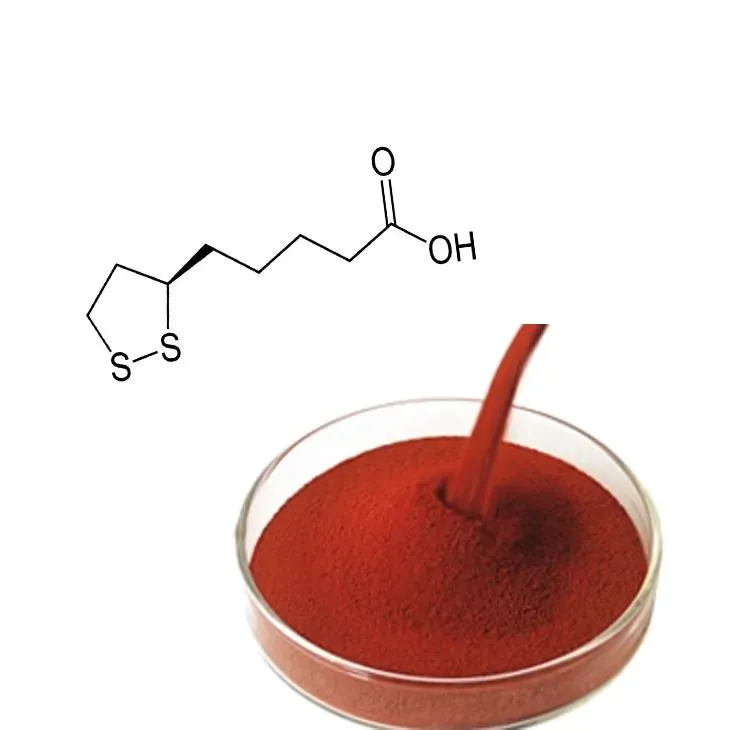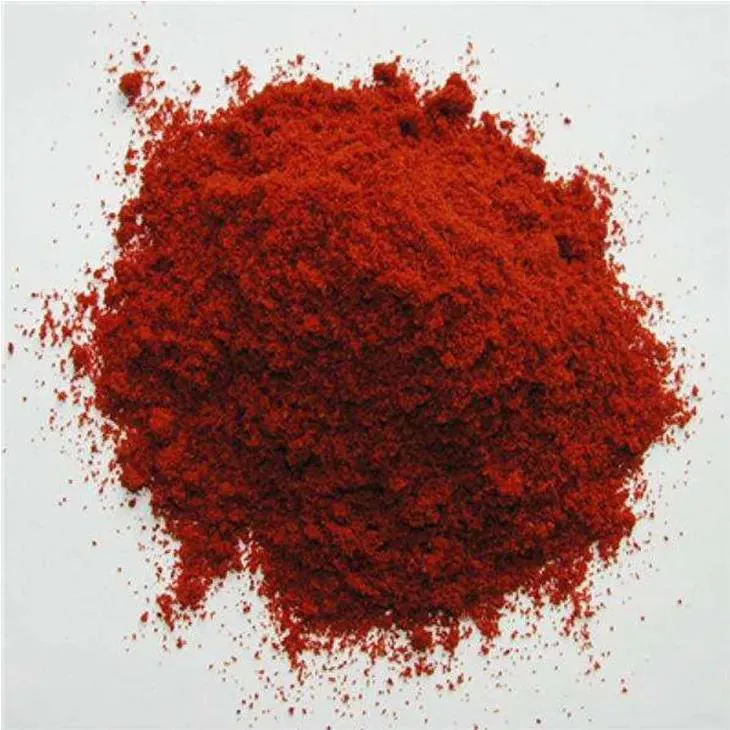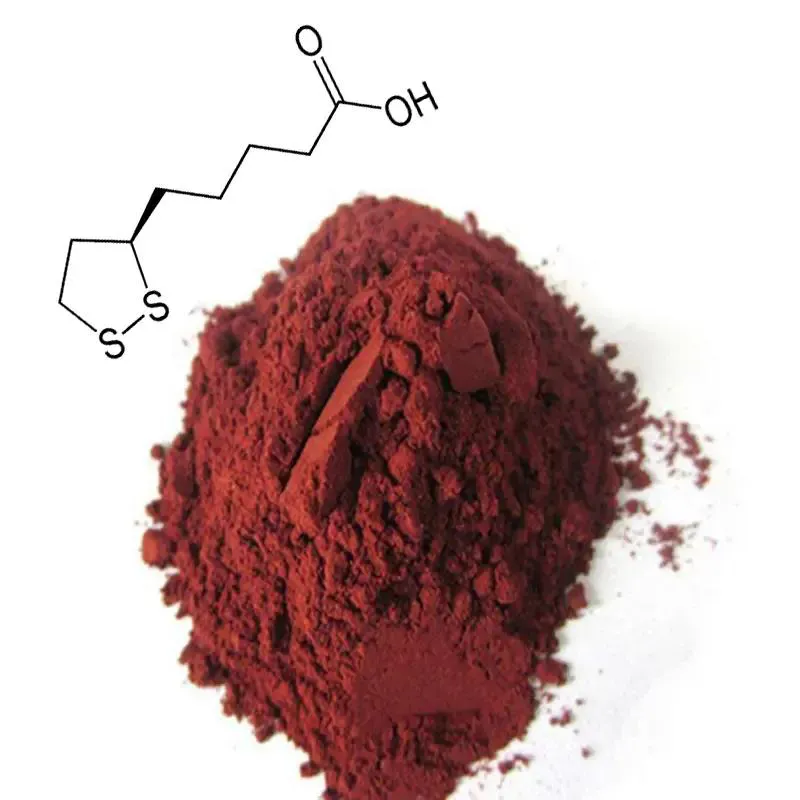- 0086-571-85302990
- sales@greenskybio.com
Wholesale Astaxanthin Suppliers.
2024-11-30

Introduction to Astaxanthin in the Wholesale Market
Astaxanthin has witnessed a remarkable rise in popularity in recent years, becoming a highly coveted compound across various industries. Wholesale suppliers play a pivotal role in the distribution of Astaxanthin, acting as the crucial link between producers and end - users. The market for astaxanthin is diverse, with applications ranging from nutraceuticals to food coloring, and wholesale suppliers are central to ensuring its availability and proper use.

Source Identification by Wholesale Astaxanthin Suppliers
One of the primary tasks of wholesale astaxanthin suppliers is to identify the best sources of this compound. This process is multi - faceted and requires careful consideration of several factors:
Cost - Effectiveness
Suppliers need to balance the cost of obtaining astaxanthin with the quality. Cost - effectiveness is crucial as it directly impacts the price at which they can sell the product in the wholesale market. For example, they must compare the costs associated with different production methods. Synthetic astaxanthin may be cheaper to produce initially, but natural sources, such as microalgae, are becoming more cost - competitive as production techniques improve.
Quality
The quality of astaxanthin is of utmost importance. High - quality astaxanthin is more likely to meet the requirements of end - users, whether they are in the nutraceutical or food industry. Suppliers must ensure that the astaxanthin has a high level of purity, free from contaminants. For instance, in the nutraceutical sector, where astaxanthin is used for its antioxidant properties, any impurities could potentially reduce its effectiveness.
Environmental Sustainability
With the growing awareness of environmental issues, environmental sustainability has become a key factor in source identification. Suppliers are increasingly turning to sources like sustainable microalgae farms for natural astaxanthin. Microalgae can be cultivated in a controlled environment, minimizing the impact on natural ecosystems. Moreover, sustainable cultivation methods can also ensure a consistent supply of high - quality astaxanthin in the long run.

Quality Assurance in the Wholesale Astaxanthin Supply Chain
Wholesale suppliers are responsible for ensuring the quality of astaxanthin throughout the supply chain. This involves several key steps:
Testing for Purity
Suppliers must conduct regular tests to verify the purity of astaxanthin. This includes checking for the presence of other substances that may have been introduced during the production or extraction process. For example, in natural astaxanthin sourced from microalgae, there may be traces of other algal components that need to be removed or minimized. Advanced analytical techniques, such as high - performance liquid chromatography (HPLC), are often used to accurately measure the purity of astaxanthin.
Safety Standards Compliance
Meeting international safety standards is non - negotiable for wholesale astaxanthin suppliers. Astaxanthin is used in products that are consumed by humans, either directly in dietary supplements or indirectly in food products. Suppliers need to ensure that the astaxanthin they supply is safe for consumption. This involves adhering to regulations regarding maximum allowable levels of certain substances, as well as ensuring that the production process is free from any harmful contaminants.
Certifications and Documentation
To provide evidence of quality assurance, wholesale suppliers often obtain relevant certifications for their astaxanthin products. These certifications, such as Good Manufacturing Practice (GMP) or ISO certifications, are recognized symbols of quality. In addition to certifications, proper documentation of the supply chain is essential. This includes records of the source of the astaxanthin, production processes, and testing results. Such documentation not only helps in ensuring quality but also in building trust with customers.

Market Development by Wholesale Astaxanthin Suppliers
Wholesale suppliers play an active role in market development for astaxanthin:
Providing Information to Potential Customers
Many potential customers may not be fully aware of the benefits and applications of astaxanthin. Wholesale suppliers can bridge this knowledge gap by providing detailed information. For example, they can educate food manufacturers about the use of astaxanthin as a natural food coloring agent that is both safe and visually appealing. In the nutraceutical industry, suppliers can inform supplement companies about the powerful antioxidant properties of astaxanthin and how it can be incorporated into products for various health benefits.
Expanding the Application Areas
Suppliers can also contribute to the expansion of astaxanthin's application areas. By working with research institutions or conducting their own research, they can explore new uses for astaxanthin. For instance, recent research has shown potential applications of astaxanthin in the field of cosmetics, particularly for its anti - aging and skin - protecting properties. Wholesale suppliers can then promote these new applications to relevant industries, opening up new markets for astaxanthin.
Building Industry Relationships
Another aspect of market development is building strong relationships within the industry. Wholesale suppliers interact with a wide range of stakeholders, including producers, manufacturers, and distributors. By forging good relationships, they can facilitate the flow of astaxanthin in the market. For example, they can work with producers to ensure a stable supply of high - quality astaxanthin, and with manufacturers to understand their specific requirements and develop customized solutions.
Challenges Faced by Wholesale Astaxanthin Suppliers
Despite their important role, wholesale astaxanthin suppliers face several challenges:
Price Volatility
The price of astaxanthin can be highly volatile, influenced by factors such as changes in production costs, supply and demand dynamics, and market competition. For example, if there is a sudden increase in the cost of raw materials used in astaxanthin production, such as the nutrients required for microalgae cultivation, suppliers may face pressure to increase their prices. However, they also need to be competitive in the market, which can be a delicate balancing act.
Regulatory Compliance
The regulatory environment for astaxanthin is complex and constantly evolving. Different countries may have different regulations regarding its use in food, nutraceuticals, and cosmetics. Wholesale suppliers need to stay updated on these regulations to ensure compliance. Failure to do so can result in legal issues and damage to their reputation. For example, some countries may have stricter limits on the use of synthetic astaxanthin in food products compared to natural astaxanthin.
Competition in the Market
The market for astaxanthin is becoming increasingly competitive, with more suppliers entering the scene. This competition can come from both domestic and international sources. Suppliers need to find ways to differentiate themselves, whether through offering higher - quality products, better customer service, or more competitive pricing. In addition, they need to constantly innovate to stay ahead in the market, such as exploring new sources of astaxanthin or developing new product formulations.
Future Outlook for Wholesale Astaxanthin Suppliers
The future holds both opportunities and challenges for wholesale astaxanthin suppliers:
Growing Demand
The demand for astaxanthin is expected to continue to grow, driven by factors such as increasing consumer awareness of its health benefits and the expanding applications in various industries. As more people become interested in natural and healthy products, the demand for astaxanthin - containing nutraceuticals and natural food colorings is likely to rise. Wholesale suppliers are well - positioned to capitalize on this growing demand by ensuring a stable supply of high - quality astaxanthin.
Technological Advancements
Advances in technology are likely to have a significant impact on the wholesale astaxanthin supply chain. New production techniques may improve the efficiency and cost - effectiveness of astaxanthin production. For example, genetic engineering may offer new ways to enhance the productivity of microalgae farms. In addition, improved analytical techniques will enable more accurate quality control, ensuring that the astaxanthin supplied meets the highest standards.
Sustainable Development
The trend towards sustainable development is set to continue, and wholesale astaxanthin suppliers will need to adapt. This means further promoting sustainable sources of astaxanthin, such as microalgae farms that use renewable energy and have a low environmental impact. Suppliers can also play a role in promoting the circular economy in the astaxanthin industry, for example, by exploring ways to recycle waste products from the production process.
FAQ:
1. What are the main factors that wholesale astaxanthin suppliers consider when choosing sources?
When choosing sources, wholesale astaxanthin suppliers mainly consider factors such as cost - effectiveness, quality, and environmental sustainability. For example, natural astaxanthin from sustainable microalgae farms is popular due to these considerations.
2. How do wholesale astaxanthin suppliers ensure product quality?
Wholesale astaxanthin suppliers are in charge of quality assurance. They ensure that the astaxanthin meets international standards for purity and safety through various testing and quality control procedures.
3. In which sectors do wholesale astaxanthin suppliers promote the use of astaxanthin?
Wholesale astaxanthin suppliers promote the use of astaxanthin in different sectors like nutraceuticals and food coloring.
4. Why is natural astaxanthin from microalgae farms getting more popular?
Natural astaxanthin from microalgae farms is getting more popular because it meets the requirements of cost - effectiveness, quality, and environmental sustainability that wholesale suppliers look for.
5. What is the role of wholesale astaxanthin suppliers besides bulk selling?
Besides bulk selling, the role of wholesale astaxanthin suppliers is to promote the use of astaxanthin in different sectors and also provide information about astaxanthin to potential customers.
Related literature
- Astaxanthin: Sources, Extraction, Stability, Biological Activities and Its Commercial Applications"
- "The Role of Astaxanthin in Aquaculture and Human Health"
- "Production and Application of Astaxanthin from Microalgae"
- ▶ Hesperidin
- ▶ Citrus Bioflavonoids
- ▶ Plant Extract
- ▶ lycopene
- ▶ Diosmin
- ▶ Grape seed extract
- ▶ Sea buckthorn Juice Powder
- ▶ Fruit Juice Powder
- ▶ Hops Extract
- ▶ Artichoke Extract
- ▶ Mushroom extract
- ▶ Astaxanthin
- ▶ Green Tea Extract
- ▶ Curcumin
- ▶ Horse Chestnut Extract
- ▶ Other Product
- ▶ Boswellia Serrata Extract
- ▶ Resveratrol
- ▶ Marigold Extract
- ▶ Grape Leaf Extract
- ▶ New Product
- ▶ Aminolevulinic acid
- ▶ Cranberry Extract
- ▶ Red Yeast Rice
- ▶ Red Wine Extract
-
Longan Extract
2024-11-30
-
Almond Extract Powder
2024-11-30
-
Buckthorn bark extract
2024-11-30
-
Fig Extract
2024-11-30
-
Yellow Pine Extract
2024-11-30
-
Europen Bilberry Extract
2024-11-30
-
Fenugreek Extract Powder
2024-11-30
-
Angelica sinensis extract
2024-11-30
-
Horse Chestnut Extract
2024-11-30
-
Lemon Balm Extract
2024-11-30





















